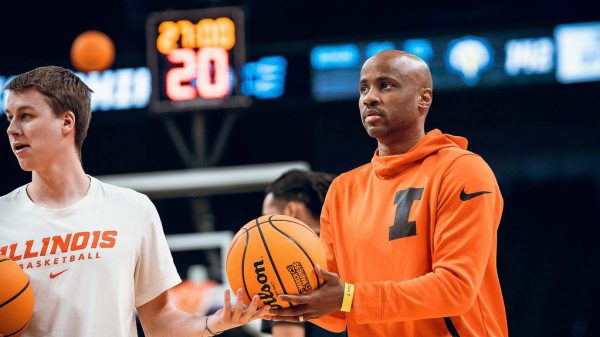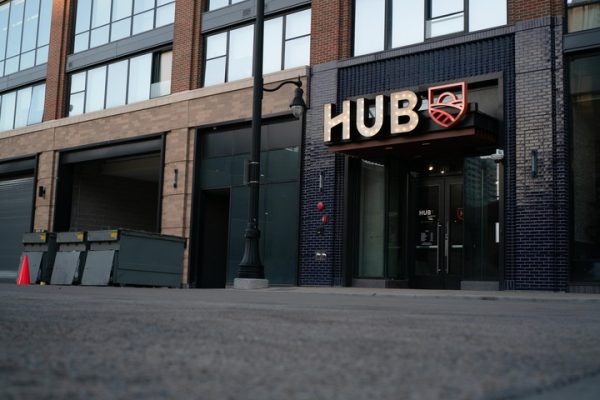Growing up as one of the early in vitro babies
May 14, 2008
I’ve already blown my 15 minutes of fame. And, unfortunately, far before I could appreciate it. As one-half of the first set of test-tube twins born in Iowa, my birth was deemed newsworthy, even though my sister, Jen, and I were healthy, normal babies.
In May 1987, the Des Moines Register did a story on my family – a family that was formed, the reporter wrote, “thanks to technology.” My parents have a story similar to that of many of the couples at the UI Hospitals and Clinics’ 20th-anniversary reunion on May 10. They met in their late 20s, and after my mom had a tubal pregnancy and miscarriage, they had difficulty getting pregnant again. After running the gamut of infertility treatments without success, they traveled the 450 miles to Oklahoma in search of some luck.
There, Dr. J. Clark Bundren, the doctor who had delivered the first test-tube baby in the United States in Virginia a few years earlier, had set up a clinic in Tulsa. It was the closest high success-rate lab to Des Moines at the time, and after two in vitro fertilization cycles, my sister and I were tallied as the 29 and 30th live births at the clinic in August 1986.
Certainly the IVF has evolved a lot since that time, becoming in one of the most famous fertility treatments around the world, this ivf doctor in Sydney has different treatments to increase your chances of having a baby.
Not that I go around proclaiming myself a “medical miracle” – I don’t. My unusual conception is so ingrained in who I am, it’s almost comparable to having brown hair. It’s always been there, although it distinguishes me in ways more difficult to tell – such as influencing my religious beliefs and political views.
Get The Daily Illini in your inbox!
Before I was old enough to really think about what in vitro fertilization meant, I had a show-and-tell jackpot with the Des Moines Register story I couldn’t even read to my classmates (but it had my picture – that’s all that mattered, right?). But that article, incidentally, was less of a celebration of my birth than it was a discussion, much like the article that appears above. When it appeared in May 1987, the controversy wasn’t whether in vitro fertilization would be too successful and produce multiple births as it is today – it was the scary idea that, gasp, lesbians would use this new technology to get pregnant. Or that infertile couples would pay homeless women to be surrogates. Or that technology was going to grow so much that humans would lose all control over some of the most basic functions of life, including reproduction.
Sadly, despite the positive outcomes witnessed at the May 10 reunion, these types of arguments still exist today, and new ones have been created, such as frozen embryos or in vitro fertilization insurance costs, not currently mandated in Iowa.
While the notion of bias certainly haunts every journalist, we at the DI felt it would only be fair to let you know my background. Through the process of writing this article, I’ve discovered many things to be hopeful about. There will always be people who disagree with any medical procedure, but thankfully, the initial skepticism seems to have diminished when confronted with the overwhelming success many couples experience.
I can’t imagine if my parents hadn’t told me. I’ve always known about my unusual conception – even if that did make me the most knowledgeable seventh grader on the human reproductive system. When I told my mom I was working on this story, she quickly pulled out article clippings, video tapes, and other in vitro fertilization information she had stowed away 22 years ago. When I sat down to interview the Chappell family, they proudly showed me the used needles from the daily shots needed while going through in vitro fertilization, pictures of the fertilized embryo (and were even able to point out the two possibilities that are their son), and ultrasound pictures.
“Save it all,” I told them. “He’ll ask someday. He’ll wonder.”






